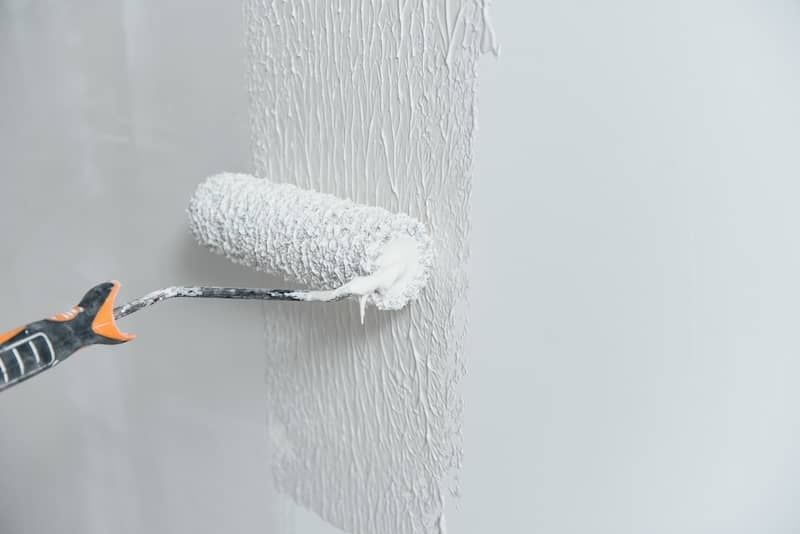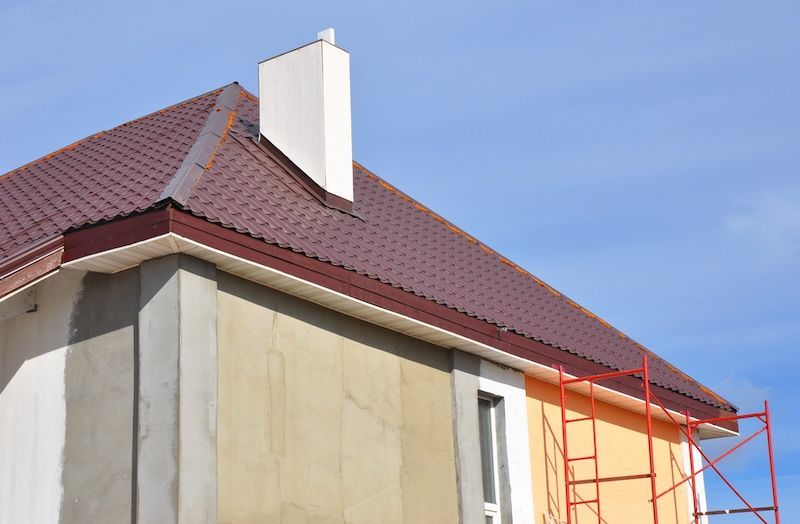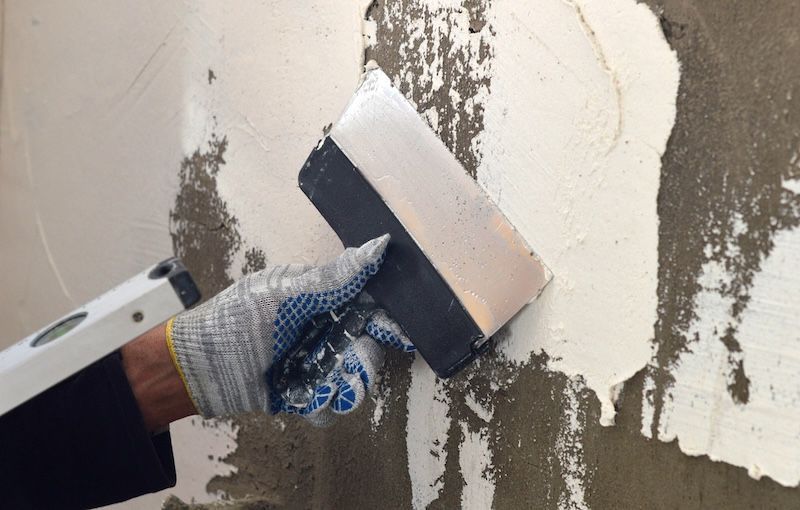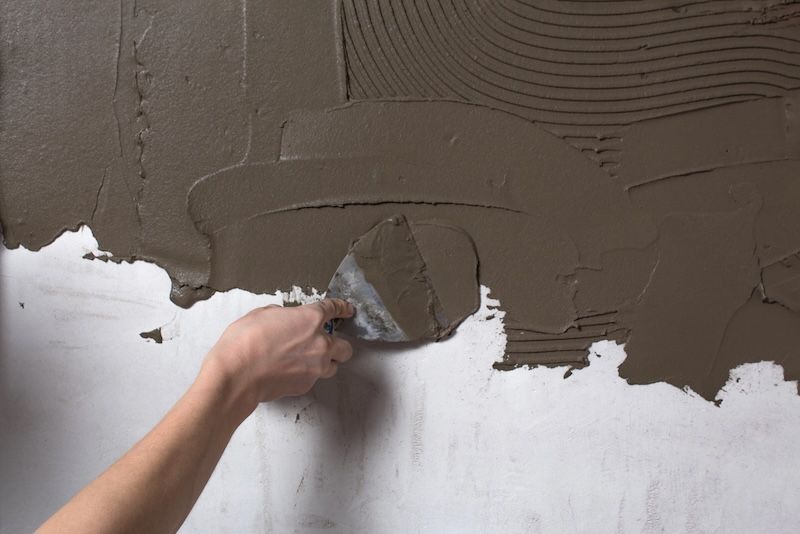Stucco Application: Which Method Lasts Longer?
Stucco has become a cornerstone in building durable and attractive homes. This versatile material can be applied in various ways, but popular stucco application—rolling and spraying—often lead to debates among homeowners and professionals alike. Which technique ensures your stucco walls withstand the test of time?
In today's blog, we'll offer you the insights needed to make an informed decision for your home or project. Our goal is to help you understand which application method covers all the crevices and provides a lasting coat that protects your house from moisture and repair cracks. Join us as we explore the nuances of each technique.
Understanding Stucco Application Methods
When considering how to apply stucco to your home, knowing whether to roll or spray can make all the difference in durability and appearance. Each technique has its unique advantages, depending on the specifics of the project and the desired finish.
Rolling Stucco Application
Rolling stucco involves using a paint roller to apply a thick coat of stucco mixture directly onto the wall surface. This method allows for detailed attention to covering gaps and hairline cracks, ensuring that every crevice is filled.
This method is particularly effective for small jobs or when working around detailed areas like windows and doors, where precision is key. Rolling is often preferred for its ability to achieve a uniform texture that mimics a hand-applied look, making it ideal for repair work or touch-ups on stucco homes.
Spraying Stucco Application
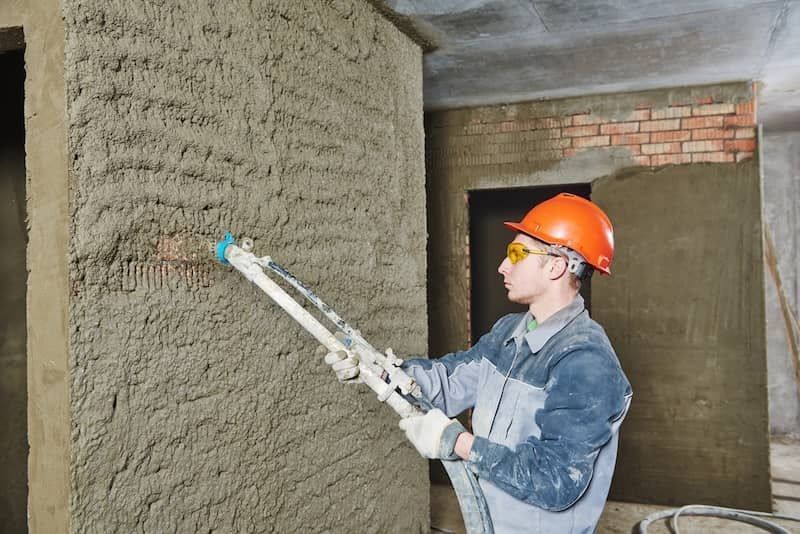
Conversely, spraying stucco with an airless sprayer is advantageous for larger areas where speed and efficiency are paramount. This method propels stucco onto the exterior at high pressure, creating a smooth, consistent layer that can cover large surfaces quickly.
Spraying is often chosen for new construction or major renovations because it can significantly cut down on application time and labor cost. Additionally, the sprayed-on stucco typically offers a more even coat and can be easier to work with on rough surfaces or over large expanses.
Both methods ensure a durable and protective layer, but the size of the area should influence the choice between rolling and spraying, the detail needed around features, and how quickly you need the job completed.
Comparing Durability and Longevity
Choosing the right stucco application method is crucial for ensuring your home's exterior withstands the test of time. Let's delve into how different methods impact stucco's durability and the maintenance required to preserve its integrity.
Impact of Application Method on Durability
The method of stucco application significantly affects its adhesion and long-term stability.
Rolling allows for a more controlled application, ensuring that the stucco fully adheres to the surface, filling every hairline crack and crevice. This meticulous application helps prevent future problems. On the other hand, spraying stucco provides a uniform layer that adheres quickly to large areas, which can be advantageous for covering extensive surfaces efficiently.
Common Wear and Tear Issues
Both methods face challenges over time:
- Cracking: Rolled stucco may develop cracks if not applied evenly, while sprayed stucco can show cracks if the layers aren't thick enough.
- Weather Effects: Rolled stucco tends to be more resistant to small impacts and weather changes due to its thickness, whereas sprayed stucco might need more frequent touch-ups in harsh climates.
Maintenance Requirements
To prolong the lifespan of your stucco finish, consider these maintenance tips:
- Regular Inspections: Check for crack. Repair them promptly to prevent water intrusion.
- Cleaning: Use a pressure washer gently to remove dirt and debris without damaging the stucco.
- Reapplication of Coats: Applying a second coat may be necessary every few years to maintain the integrity and appearance of the stucco.
Whether you choose to roll or spray, understanding these aspects will help you maintain a durable and attractive stucco exterior. Your home improvement, stores, or any other project journey is important, and choosing the right application method can significantly influence the longevity and beauty of your home's facade.
Cost Analysis
Choosing between rolling and spraying for your stucco application involves more than just aesthetic considerations; it's also a matter of economics. Let's break down the costs to see which method might be the best investment for you.
Initial Installation Costs
When comparing the initial expenses, rolling stucco tends to be less costly in terms of equipment. A paint roller and basic supplies are typically more affordable and readily available at local home improvement stores. In contrast, spraying stucco requires more specialized tools such as an airless sprayer, which can be a significant initial investment but provides faster coverage, potentially reducing labor costs on larger projects.
Long-Term Cost Implications
The longevity of your stucco finish directly impacts future expenses:
- Maintenance: Rolled stucco application might need more frequent touch-ups if not applied thoroughly, whereas sprayed stucco, when done correctly, often requires less maintenance.
- Repairs: Both methods may eventually need crack repair or a fresh coat, but the durability of sprayed stucco can reduce these needs over time.
Understanding these costs helps you prepare for the long term, ensuring your home’s exterior remains both beautiful and financially manageable. Whether you roll or spray, consider both immediate and future expenses to make the best choice for your stucco painting project.
Expert Consultation for Stucco Choices
To summarize, both rolling and spraying stucco offer unique benefits. Rolling is more cost-effective for small jobs and detailed work, ensuring full coverage and minimizing future touch-ups. Spraying, on the other hand, excels in large-scale applications, offering speed and uniformity, which can be more durable over time.
For those prioritizing durability and cost-effectiveness, spraying might be the better long-term investment, particularly for extensive projects. However, the best choice varies based on specific project needs.
Consult with the experts at Orlando Stucco Repair Pros, a trusted stucco company, for tailored advice and professional service to ensure your home not only looks great but stands strong for years.
RECENT BLOGS
All Rights Reserved | Orlando Stucco Repair Pros
